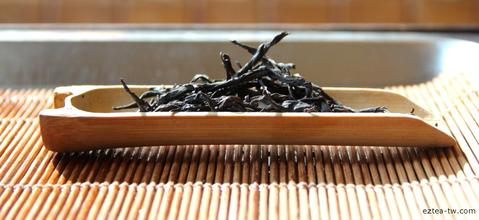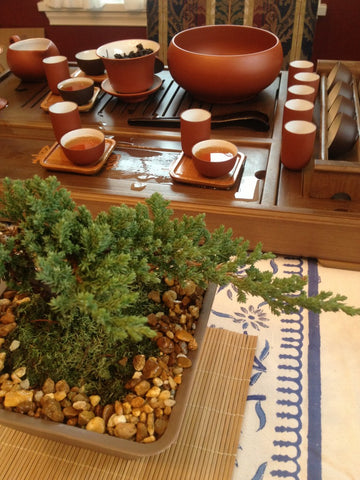
What is oolong tea? Part 1 - manufacturing

Oolong comes from the Chinese word “wulong,” meaning literally, black dragon. This is because the leaves of some oolongs appear like dragons in flight. Dragons are a symbol of “nobility and strength” and these characters are implied in the nature this tea.
Among all the varieties of tea oolong perhaps is the most diverse and complex. From very lightly oxidized ones bearing soft floral fragrances to heavily oxidized and roasted kinds that have strong complex flavors, oolong encompasses within it elements of almost every other kind of tea. For most tea enthusiasts the pursuit of oolong can be a very rewarding journey indeed.
The best oolongs come from the Chinese provinces of Fujian and Guangdong,and Taiwan.
Manufacturing oolong
Oolong is one of the most difficult teas to manufacture. It takes years for a tea maker to master the skills required. Although the manufacturing stages is similar to that of black tea, the oxidation process is much more involved and there is an additional rolling and baking stages for most oolongs. Oolongs are also partially oxidized, a distinguishing character - black tea is 100% oxidized and green tea is unoxidized. They can be oxidized anywhere from 12%-80%.
After the tea is plucked, the green leaves are left in the sun for a while to wilt. They are then removed for further air-drying indoors. The entire withering process takes about 5-6 hours. Once the leaves are soft and pliable they are either rolled or shaken on bamboo trays, bruising the leaves in the process. This begins the oxidation process.
The extent of oxidation depends on the condition of the leaves and what the tea maker is aiming for. While in the making of black tea the oxidation is a one step process, in oolong manufacturing the shaking (also described as rattling) of leaves continue through this stage. Oxidation is usually done overnight. Once the tea maker is satisfied with the aroma and appearance of the oxidizing leaves it is moved for firing.
Firing is the application of heat to arrest the oxidation process. It is done either on large hot woks manually (in which case it is described as pan-frying) or in machines at temperatures around 392 F. The leaves are rolled even as it is dried. Firing is a quick step but it still has to be precise depending upon the type of oolong being manufactured.
For semi-balled rolled type oolong the tea is further bundled in cloth bags and then rolled. This not only results in individual leaf sets being rolled up into small nuggets, it also causes the flavors to be packed into the leaves which will be released gradually over multiple steepings.
After this step the “crude tea” called mao cha is cleaned manually off twigs and other “impurities.” The rolled tea is then given one more firing after this process. While some teas are taken to the market after clean up and firing, others undergo one the final step which is unique to the world of oolong.
Baking is another very involved process where the tea maker has to bake the tea in stages to get the perfect finish. He must ensure that the baking does not destroy the finer flavors of the tea. There needs to a fine balance between the roasted notes and the other natural flavors of the tea. By baking the tea, oolong unlike most tea, can take aging. The taste of the tea improves with time and also can be brewed many more times than the unroasted variety.

Click here to visit our collection of oolongs.

